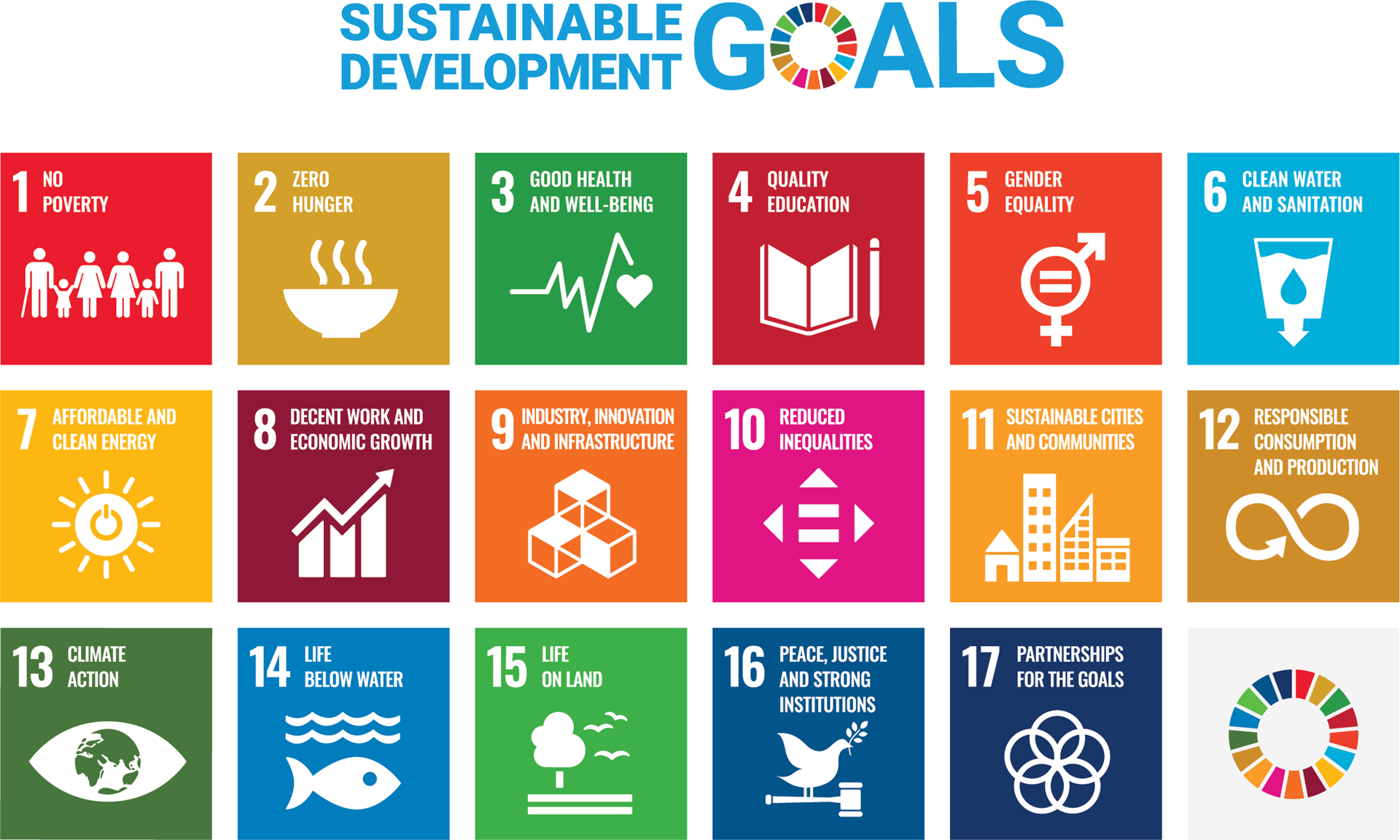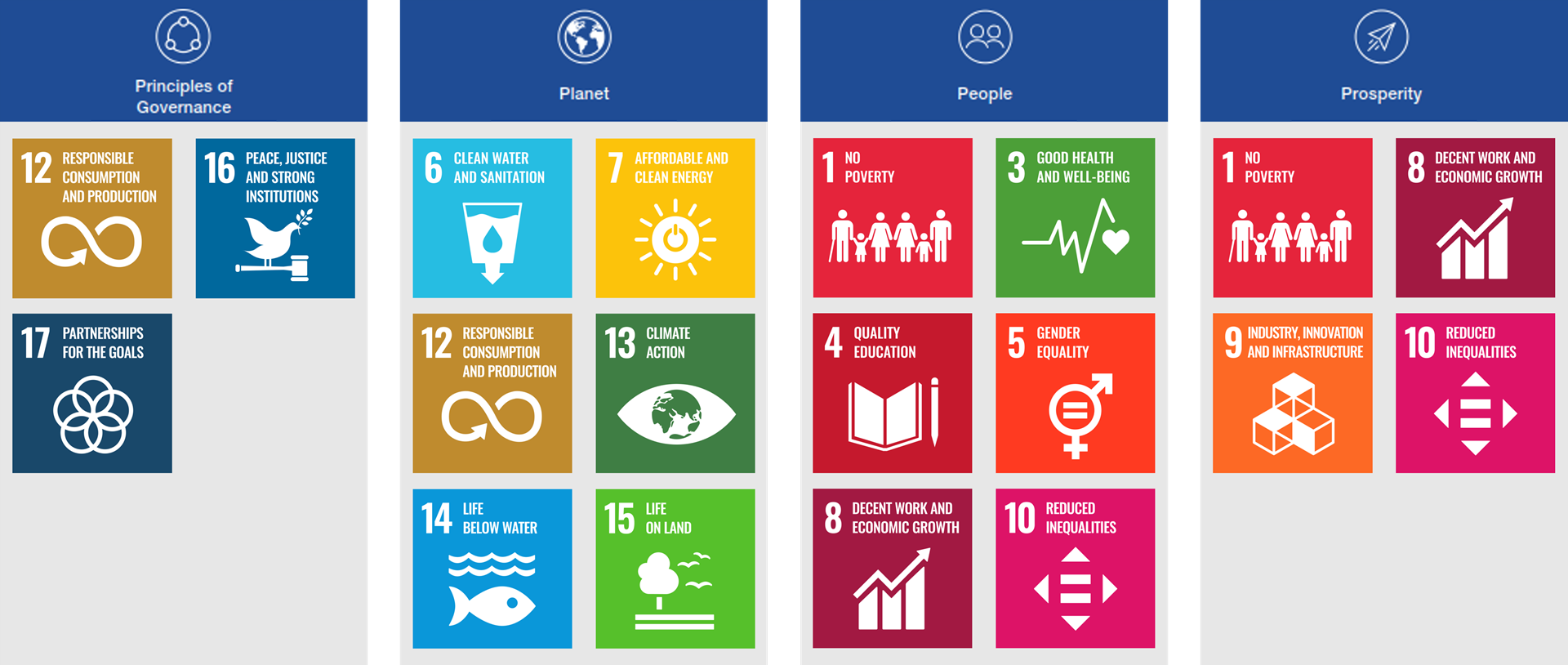In our 2023 sustainability webinar series, we explore some of the popular sustainability standards, goals and frameworks, while sharing insights to help organisations on their sustainability journey. Here, we highlight the key themes from our latest event.
We placed a spotlight on two popular sustainability methodologies, examining the United Nations Sustainable Development Goals (UNSDGs) alongside the existing World Economic Forum International Business Council’s (WEF IBC) framework, both of which help organisations create a blueprint to achieve a better, more sustainable future for all.
How will your organisation play its part? Are you on track to meet your reporting goals? These questions can seem overwhelming, and, right now, sustainability reporting is not compulsory. Yet guidance can quickly become mandatory regulations, and change is expected in 2023, so it’s essential to be prepared. Let us help you to understand the landscape for this rapidly changing and vital part of doing business today.
Sustainability and ESG webinar series
BDO in Australia is pleased to be hosting an ongoing sustainability and ESG webinar series.
- Sustainability spotlight – UN SDGs and WEF IBC - watch the full webinar
- Addressing your carbon footprint – watch the full webinar
- 14 March 2023 - Sustainability spotlight – TCFD and ISSB
- 12 April 2023 - The business case for sustainability
- 17 May 2023 - Sustainability spotlight – GRI standards
- 14 June 2023 - Approaching 30 June and your sustainability report
What are the United Nations Sustainable Development Goals (UNSDGs)?
The United Nations developed 17 high-level goals as a ‘blueprint for peace and prosperity for people and the planet, now and into the future’. Together, they represent a universal call to action to end poverty, protect the planet and improve the lives and prospects of everyone, everywhere.
These goals, and their 169 underlying targets, were adopted by UN member states in 2015 and are intended to be actionable by 2030. The goals were established as meaningful and aspirational focus areas for global sustainability and are aimed at governments and world leaders to inspire policy change. The 17 goals are:
That’s the big picture — but how can these 17 goals be adopted by the Australian business community?
Organisations can start by looking at these goals and identifying which ones align with their purpose, values and sustainability strategy. What actions can the organisation begin to take to address the targets? How can it contribute towards the identified goals?
If we take, for example, the high-level goal of ‘no poverty’, a business could ensure that it pays a living wage and that it supports community initiatives and disaster relief efforts through financial support or staff volunteer hours. Robust social inclusion policies can also contribute to the mitigation of poverty.
The UN’s SDG website contains a great deal of helpful information about how we can all pursue these goals, and real examples of how organisations and their team members have worked towards them.
How can Australian businesses tie the goals into their sustainability strategy?
Sustainability can provide a competitive advantage in business today, and there are many organisations that are successfully tying the UNSDGs into their overall strategy.
The following are examples of businesses that have adopted and communicated clear ways to demonstrate the role of SDGs in their reporting and broader business operations:
- National Australia Bank (NAB) - one of the nation's four largest financial institutions. NAB has three main strategic sustainability pillars and 10 focus areas that fall under these pillars, which are collectively mapped back to six UNSDGs on their own scorecard. Like many big Australian companies, they have chosen to focus on a select few SDGs, deciding where they can make the biggest impact.
- Coles - one of Australia's most well-known supermarkets. A materiality assessment has helped the retailer identify 10 material issues and which areas of their sustainability strategy they are most aligned to — all mapped back to the relevant UNSDGs.
- Cleanaway Waste Management– one of Australia's leading waste management, industrial and environmental services company. Its Value Creation Story takes their five strategic pillars and shows not only how these are transformed through its business activities, but also how these outcomes align to the UNSDGs.
- Charter Hall - an Australian property development and funds management company whose sustainability framework focuses on areas where it can generate the greatest business value. The material issues, goals and future targets for each of the nine pillars are detailed, alongside the aligned UNSDGs for the pillar.
What is the importance of the World Economic Forum International Business Council's (WEF IBC) framework?
In September 2020, the International Business Council of the World Economic Forum produced a white paper titled ‘Measuring Stakeholder Capitalism: Towards Common Metrics and Consistent Reporting of Sustainable Value Creation’. The document's central goal was to develop a core set of common metrics regarding non-financial factors for investors and other stakeholders.
Currently, the UNSDGs do not stipulate reporting requirements, so the WEF IBC white paper has proven valuable as a guideline. Its four-pillar structure has become a popular sustainability reporting framework that businesses can use, with metrics arranged into People, Planet, Prosperity and Principles of Governance. These quantitative measures can be used for reporting and tracking sustainability progress.
Under the four pillars, 21 ‘core metrics’ have been established, with expanded metrics branching out — enabling businesses to take a gradual or phased approach to reporting. Businesses can use these metrics to guide their disclosure to stakeholders, for example, starting with some or all of the core metrics and building up to expanded reporting.
“To continue to thrive, companies need to build their resilience and enhance their license to operate, through greater commitment to long-term, sustainable value creation that embraces the wider demands of people and planet”, according to the report.
How do the goals and framework align?
These two structures can be overlaid, with the 17 UNSDGs fitting into the four pillars of the World Economic Forum’s report.
Organisations should start by determining what’s important to the business’ key stakeholder groups. Then they can consider what sustainability priorities are achievable and realistic for the business, and where to focus. How do to the environmental, social and governance matters already in play map back to the UNSDGs? Where is the biggest opportunity for impact? How can you incorporate the company goals into meaningful disclosure?
Depending on the goals selected, cross referencing the UNSDGs with the WEF IBC framework can enable you to see which pillars of disclosure to focus on.
How BDO in Australia can help
At BDO in Australia, our national Sustainability services team has extensive experience. We’re here to help, so please contact us to find out how we can assist your business on its sustainability journey.

